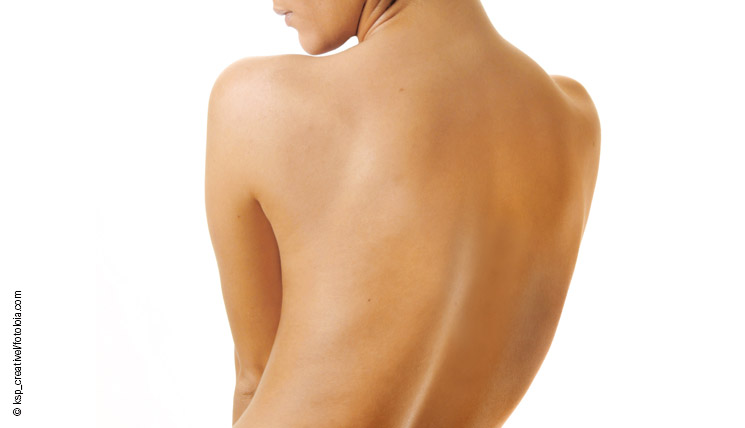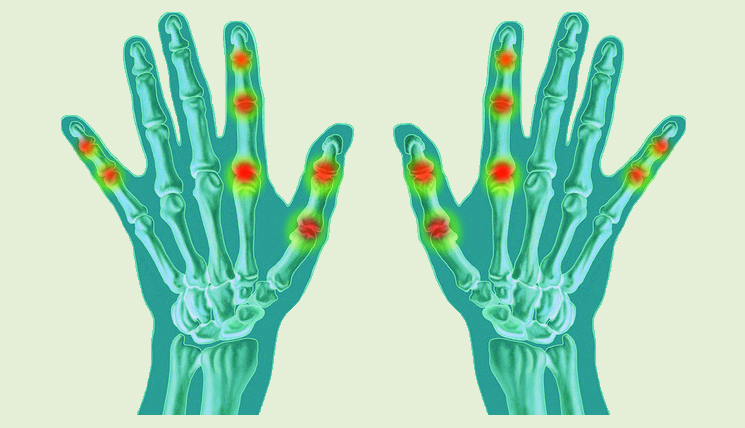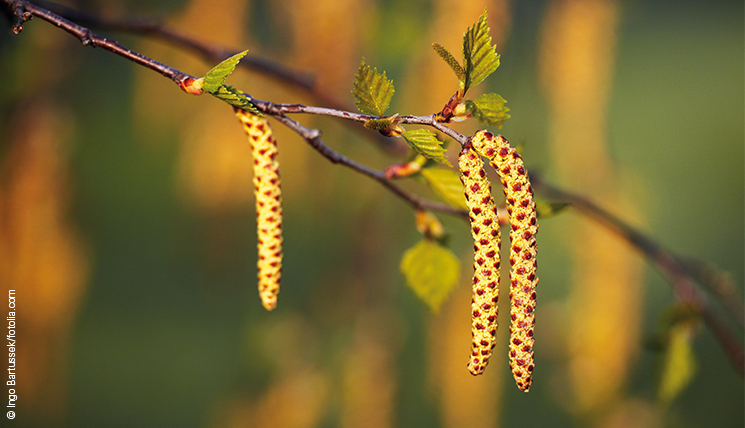When the skin dissolves
The skin is considered the largest and most versatile organ of the human organism. It hinders pathogens and harmful substances from entering the body, protects our interior from mechanical injuries or hazardous radiation and prevents the body from loosing too much liquid or too many electrolytes. At the same time it regulates the body temperature, […]




